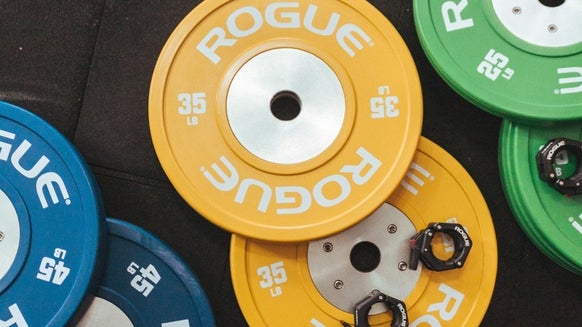What is Tabata Training?
Tabata is named after Professor Izumi Tabata, who conducted a study into the effects of HIIT on aerobic and anaerobic fitness, and how it compared to steady-state training.
Tabata is basically, 20-second bursts of very intense exercise followed by ten seconds of rest, repeated eight times for a total of four minutes. This is an effective way of burning body fat but I would not advise this for beginners straight off. 20 seconds of all-out effort followed by a short 10 seconds rest leaving your heart rate high even after the rest.
What does Tabata mean?
Tabata is the name given to this form of training after Professor Izumi Tabata who conducted the original study.
The history of Tabata
Tabata is named after Professor Izumi Tabata. The original study contained trained athletes, divided into two groups. One group participated in five sessions of steady-state training a week, while the second group did four HIIT workouts and one steady-state workout.
The protocol included 20-second hits of high-intensity exercise followed by a short ten seconds rest which is repeated eight times for a total of four minutes. This four-minute blowout was followed by a five-minute warm-up and ended with a two-minute warm-down, completed on a stationary bike. During the high intensity 20 seconds, any athletes that fell below 85RPM were disqualified.
The end of the study showed increased VO2 Max and improved anaerobic fitness levels.
The Tabata training format
One complete round consists of 8x20 seconds of work split by 10 seconds rest. This can be various exercises or one on repeat.
What are the benefits of Tabata?
Tabata can help to burn fat
Although you might not burn as many calories during the main training session, your body will continue to burn calories at a higher rate at rest during the day. Some studies indicate your metabolism is boosted for up to 24 hours after a HIIT session.
It’s efficient and time-saving
Tabata can be time-saving and still hard. Whether it’s one round or 5 rounds, you can control how many you can complete and keep it as short as you like. But who wants that?
Muscle Preservation
This HIIT workout will help preserve muscle and has shown to increase metabolism. It’s the fat you want to melt off not the muscle.
Your Tabata questions answered:
Is tabata the same as HIIT?
Tabata is HIIT just in a different form and introducing a regulated 4 minutes work broken down into 8 rounds of 20 seconds work.
Is Tabata good for weight loss?
This form of HIT training can improve your metabolism and increase calorie burning for up to 24 hours after a high-intensity session.
How many calories does Tabata burn in 4 minutes?
This will vary based on the level of intensity you choose to perform. Your 4 minute may be solely resistance exercises or you may choose to go all in and load it with high-intensity exercises like burpees for example.
Can you do Tabata every day?
This is not something I would recommend as ideally, your body does need rest when performing HIIT.
Is Tabata suitable for beginners?
I would recommend being comfortable and confident in your ability to train at this intensity. The short rest period is a contributing factor in the athlete's improvements as the time to recover is so small, however, you can begin with low-intensity exercises for a low number of rounds, to begin with.
What are the best Tabata exercises?
Equipment-free:
1. Burpees
2. Crunches
3. Mountain Climbers
4. Push-Ups
5. Sit-Ups
6. Sprints
7. Jump Lunges
8. Jump Squats
With equipment:
1. Bench Press
2. Bicep Curls
3. Deadlift
4. Shoulder Press
5. Squats
6. Bentover Rows
7. Weighted Dips
8. Upright Rows
Take Home Message
If you really want to ramp up your training, especially if you can’t get to the gym, Tabata is a brilliant way of doing this. The high bursts of training with such low recovery time is guaranteed to get you sweating and seeing improvements quite fast.




